9 Best Penetration Testing Tools for 2022
eSecurity Planet
FEBRUARY 24, 2022
A penetration test , or pen test, is the simulation of a cyber attack. This critical IT security practice isn’t the same as a vulnerability assessment or vulnerability scanning, though, as pen testing involves an actual attack similar to what hackers would do in real-world conditions. Best Password Crackers.

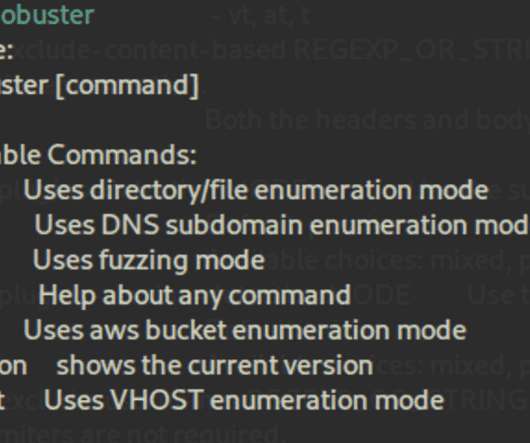
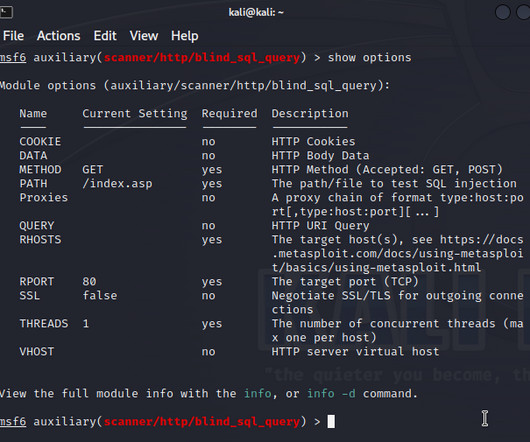
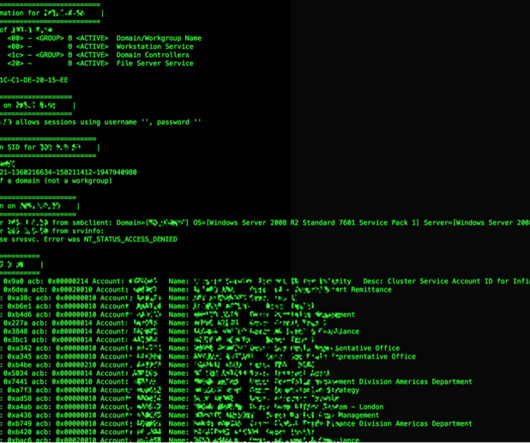
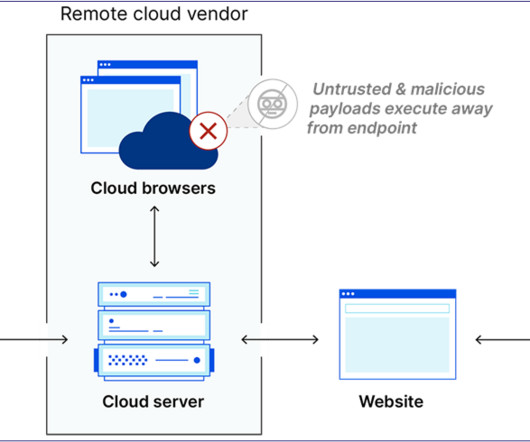

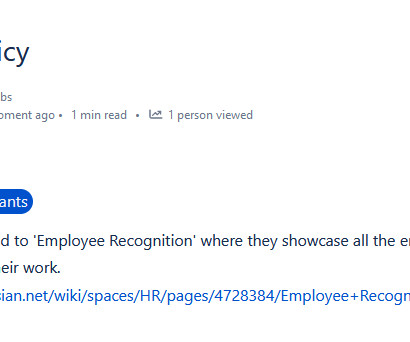



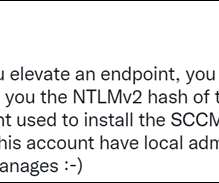







Let's personalize your content